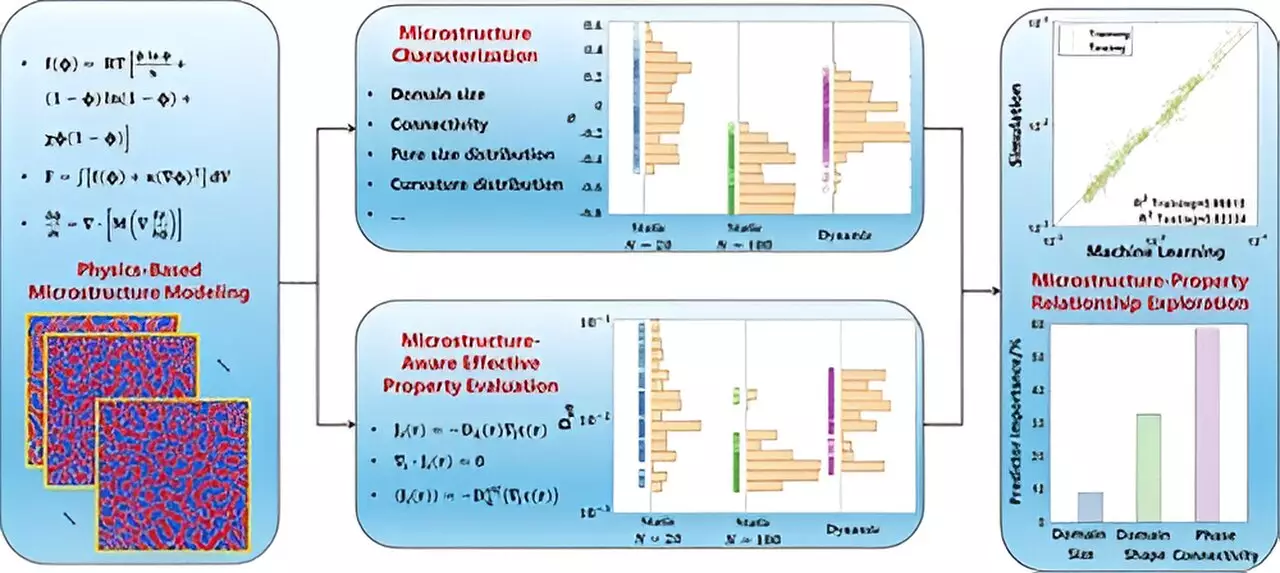The relationship between microstructure and the properties of materials is a foundational aspect of materials science that can significantly influence their performance in various applications. Understanding how these microstructural features interact with material properties is crucial not only for enhancing existing materials but also for pioneering the next generation of structural and functional materials. Addressing these complexities is no simple feat, as microstructures can exhibit a variety of characteristics that affect their overall functionality.
A Groundbreaking Approach from LLNL Scientists
Researchers from Lawrence Livermore National Laboratory (LLNL) have introduced an innovative computational framework designed to systematically decode the links between porous microstructures and their respective properties. Their findings, recently published in ACS Applied Materials & Interfaces, outline a comprehensive toolkit that combines various analytical methodologies to better understand microstructure behavior. As Longsheng Feng, a leading scientist in this study, notes, the framework integrates physics-based microstructure modeling with microstructure feature extraction, effective property evaluation, and machine-learning analysis tools.
The LLNL team targeted polymer-based porous materials to exemplify the framework’s capabilities. By investigating how polymerization dynamics affect both macro and microstructural characteristics—such as domain size and pore size distribution—they uncovered valuable insights regarding transport properties. This approach serves as a robust model system through which the researchers can assess how variations in microstructural features dictate material characteristics. Tae Wook Heo, a co-author of the study, emphasizes the ambition of their work: to not only explain the formation of microstructures with physics-based models but also to delineate the specific features that influence different material properties.
The implications of this research stretch far beyond academic interest; they can significantly impact industrial practices. By elucidating the microstructure-property relationships in polymer-based materials, LLNL scientists are charting a course for modifying processing techniques. Juergen Biener, another co-author, underscores the practical applications of understanding these relationships, stating that doing so can lead to the tailored properties of polymeric porous materials for applications such as advanced membranes.
The integrated computational framework developed by LLNL provides a transformative approach to studying the intricate connections between microstructure and material properties. By enhancing our understanding of these relationships, researchers can guide the design and processing of next-generation materials with specific functionalities to meet diverse industrial needs. As the field continues to evolve, such innovative frameworks will be essential in overcoming existing challenges and unlocking new opportunities in materials science.


Leave a Reply